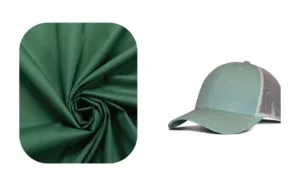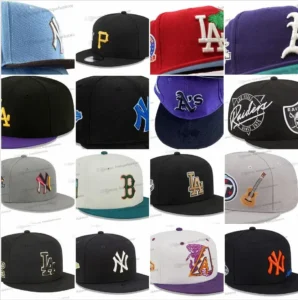When it comes to choosing the perfect cap, breathability is often at the top of the list—especially for those who want to stay cool and comfortable all day long. But is a cotton cap truly breathable? The answer is yes. Cotton caps allow air to flow naturally, absorb moisture effectively, and keep your head cooler compared to many synthetic alternatives. This natural fiber’s breathability makes it a popular choice across fashion, sports, and casual wear. Imagine stepping outside on a hot summer day, feeling the cool breeze through your cotton cap—that’s comfort you can rely on.
Let’s dive into what makes cotton caps breathable, how they stack up against other materials, and what you should look for when picking your next hat. By the end, you’ll know exactly why cotton caps hold their own in both style and performance, and how you can choose the best one for your lifestyle.
1.What Makes Cotton Caps Breathable?
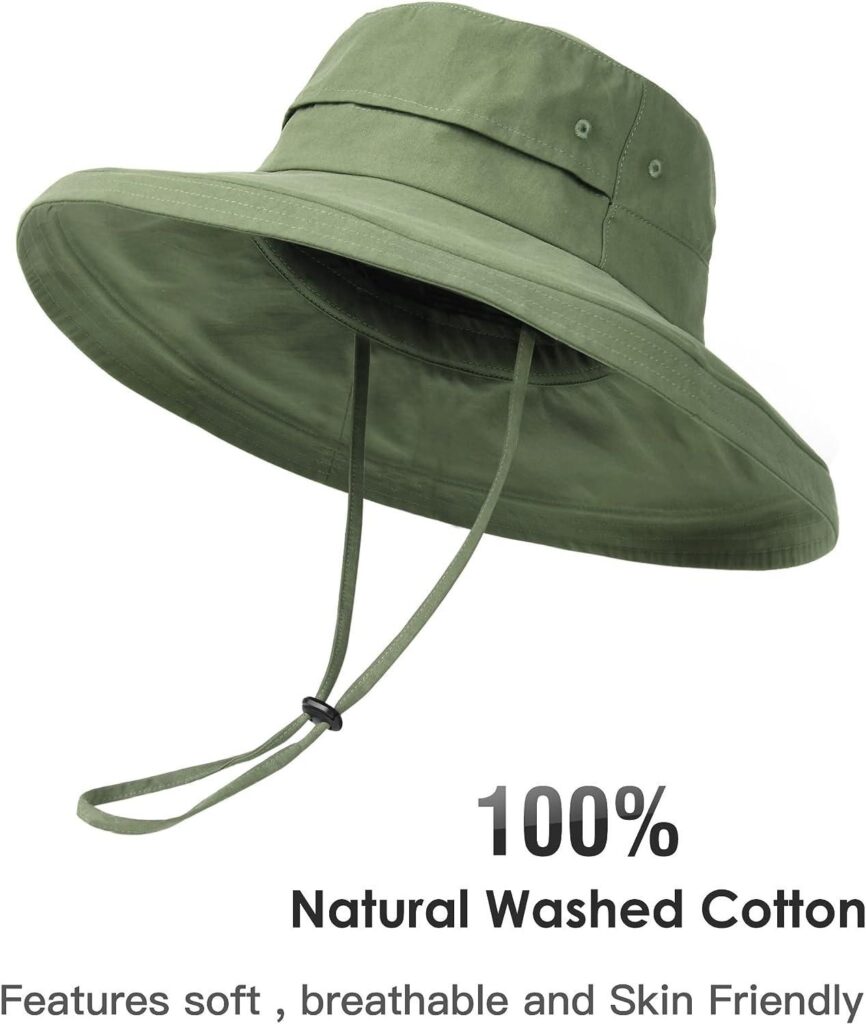
Cotton’s breathability comes from its natural fiber structure, which allows air to pass freely while absorbing sweat, helping regulate temperature and keeping the wearer comfortable.
- Natural Fiber Structure and Airflow Cotton fibers are twisted and porous, creating tiny air pockets that enable ventilation. Unlike synthetic fibers, cotton doesn’t trap heat but encourages airflow, which helps evaporate sweat faster.
- Moisture Absorption and Wicking Cotton can absorb up to 27 times its weight in water. This capacity helps to pull moisture away from the skin, keeping your head dry and preventing overheating during physical activity or hot weather.
- Weave Types and Breathability The way cotton fabric is woven affects how breathable it is. For example, a loose twill or mesh weave allows more airflow compared to a dense, tightly woven canvas. Caps designed with mesh panels or perforations enhance this effect further.
- Environmental Factors Cotton’s breathability can be affected by humidity and sweat levels. In very humid conditions, cotton absorbs moisture but dries slower than some high-tech synthetics, which could affect overall comfort.
Understanding these factors gives you a clearer picture of why cotton caps remain a staple in headwear for all seasons.
| Factor | Description |
|---|---|
| Natural Fiber Structure | Twisted, porous cotton fibers create air pockets for ventilation and promote airflow. |
| Moisture Absorption & Wicking | Absorbs up to 27 times its weight in water, pulling moisture away from skin to keep dry. |
| Weave Types | Loose weaves (twill, mesh) allow more airflow; dense weaves reduce breathability. |
| Environmental Factors | Humidity affects drying time; cotton absorbs moisture but dries slower than synthetics. |
2.How Does Cotton Compare to Other Hat Materials in Breathability?
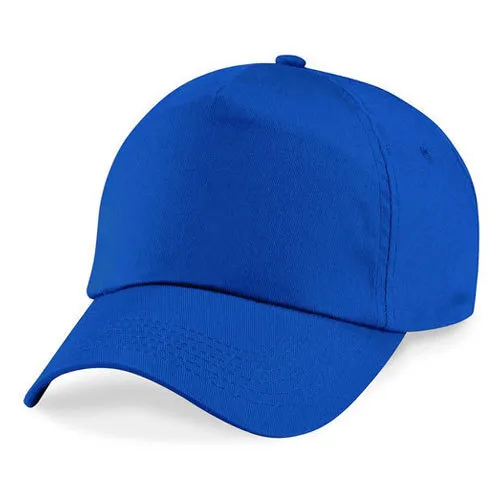
Cotton caps generally offer better breathability than synthetic fabrics like polyester or nylon, thanks to their natural fiber composition and superior moisture absorption.
- Breathability and Air Permeability Synthetic fibers such as polyester are less porous and tend to trap heat and moisture. Although some synthetics are engineered for moisture-wicking, they often lack the natural airflow cotton provides.
- Moisture Management While synthetics dry faster, they don’t absorb moisture. Instead, they move it away from the skin, which can be advantageous in high-performance sportswear but may feel clammy in casual wear.
- Durability and Weight Cotton caps are heavier and may wear out quicker than synthetics. However, blends can offer a balance by improving durability and breathability.
- Comfort and Skin Feel Cotton is softer and less likely to cause irritation or itching, especially for people with sensitive skin.
| Material | Breathability | Moisture Absorption | Drying Speed | Comfort |
|---|---|---|---|---|
| Cotton | High | High | Moderate | Soft & Natural |
| Polyester | Moderate | Low | Fast | Synthetic Feel |
| Nylon | Low | Low | Fast | Smooth but Less Breathable |
| Cotton Blend | Moderate-High | Moderate | Moderate | Balanced |
Choosing between cotton and synthetics depends on your priorities—natural comfort vs. high-performance moisture control.
3.Are All Cotton Caps Equally Breathable? Which Factors Affect Their Performance?
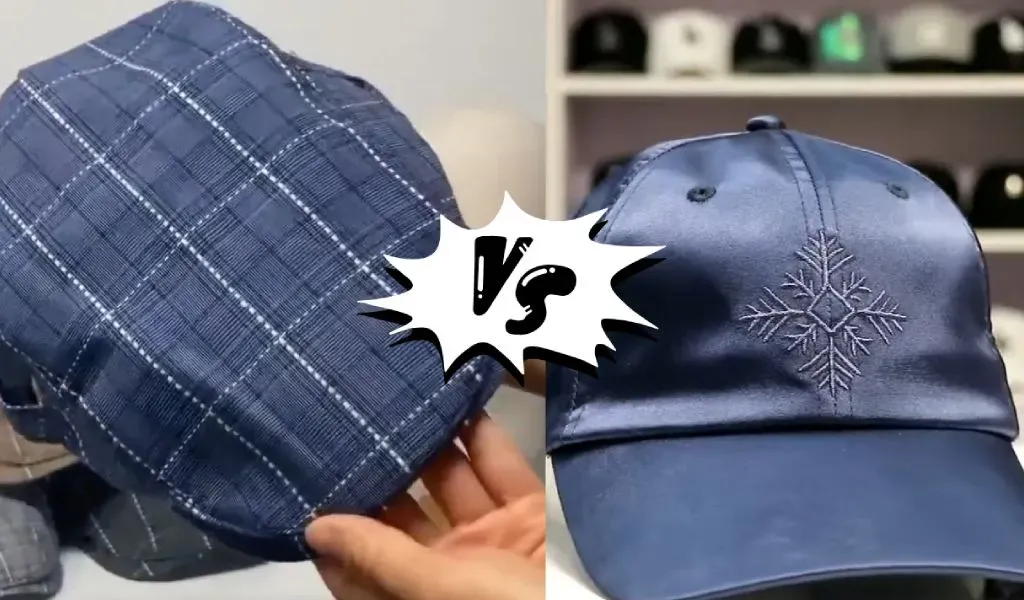
Not all cotton caps breathe the same—fabric weight, weave type, and cap design all influence breathability levels.
- Fabric Weight and Thickness Lightweight cotton fabrics like poplin or chambray allow more airflow than heavier canvas or denim cotton.
- Weave Density Tighter weaves limit airflow but improve durability and structure. Looser weaves increase breathability but may be less durable.
- Cap Construction and Design Features such as ventilation eyelets, mesh panels, and unlined crowns enhance airflow. Structured caps with stiff brims may restrict airflow compared to soft, unstructured designs.
- Finishes and Treatments Some cotton fabrics are treated with water-repellent or stain-resistant coatings, which can reduce breathability.
- Blends and Additives Adding synthetic fibers can improve durability and moisture management but might compromise breathability.
Example Comparison: Two Cotton Caps
| Cap Model | Fabric Weight | Ventilation Features | Breathability Rating (1-10) |
|---|---|---|---|
| Lightweight Poplin | 120 g/m² | 4 eyelets + mesh back | 9 |
| Heavy Canvas | 250 g/m² | 2 eyelets | 6 |
Choosing a cap designed with breathability in mind means looking beyond just “cotton” to how that cotton is used.
4.Do Cotton Caps Provide Comfort in Hot and Humid Conditions?
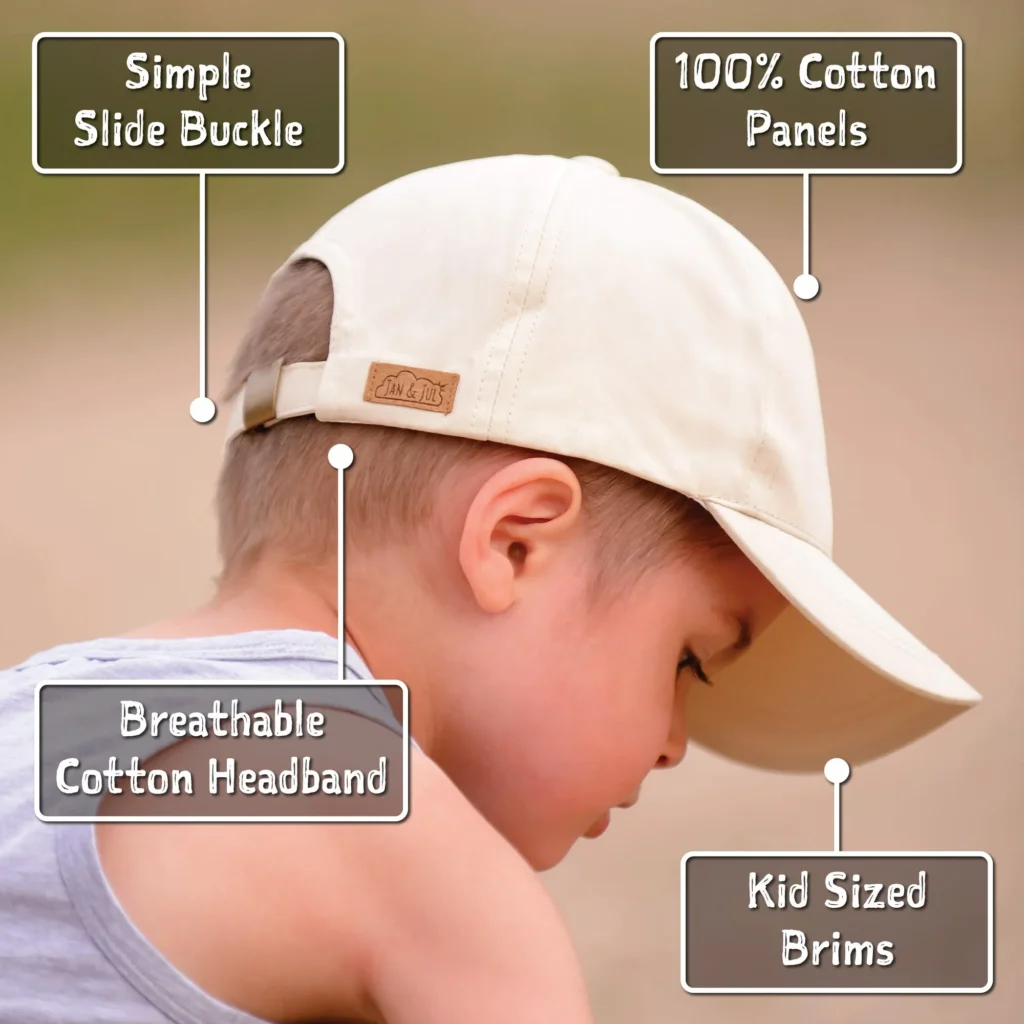
Cotton caps generally provide excellent comfort in warm weather by absorbing sweat and allowing ventilation, but they may dry slower in very humid environments.
- Heat Regulation Cotton’s breathability helps release trapped heat, keeping your head cooler under direct sunlight.
- Sweat Absorption The fabric soaks up perspiration, preventing the unpleasant sticky feeling common with synthetics.
- Drying Time Considerations Cotton takes longer to dry once saturated, which can cause discomfort in humid climates or during prolonged physical activity.
- Odor Retention Natural fibers like cotton resist odor buildup better than synthetics but require proper washing to maintain freshness.
- Use Case Scenarios For casual wear, cotton caps are ideal in summer. For intense sports or humid tropical climates, a blended or synthetic cap might perform better. Factor Description Heat Regulation Cotton breathability helps release trapped heat, keeping your head cooler in sunlight. Sweat Absorption Absorbs perspiration, preventing the sticky feeling often found with synthetic fabrics. Drying Time Dries slower when saturated, which may cause discomfort in humid or active conditions. Odor Retention Resists odor buildup better than synthetics but needs proper washing to stay fresh. Use Case Scenarios Ideal for casual summer wear; blends or synthetics may be better for intense sports or humid climates.
| Factor | Description |
|---|---|
| Heat Regulation | Cotton breathability helps release trapped heat, keeping your head cooler in sunlight. |
| Sweat Absorption | Absorbs perspiration, preventing the sticky feeling often found with synthetic fabrics. |
| Drying Time | Dries slower when saturated, which may cause discomfort in humid or active conditions. |
| Odor Retention | Resists odor buildup better than synthetics but needs proper washing to stay fresh. |
| Use Case Scenarios | Ideal for casual summer wear; blends or synthetics may be better for intense sports or humid climates. |
5.How to Choose the Most Breathable Cotton Cap for Your Needs?
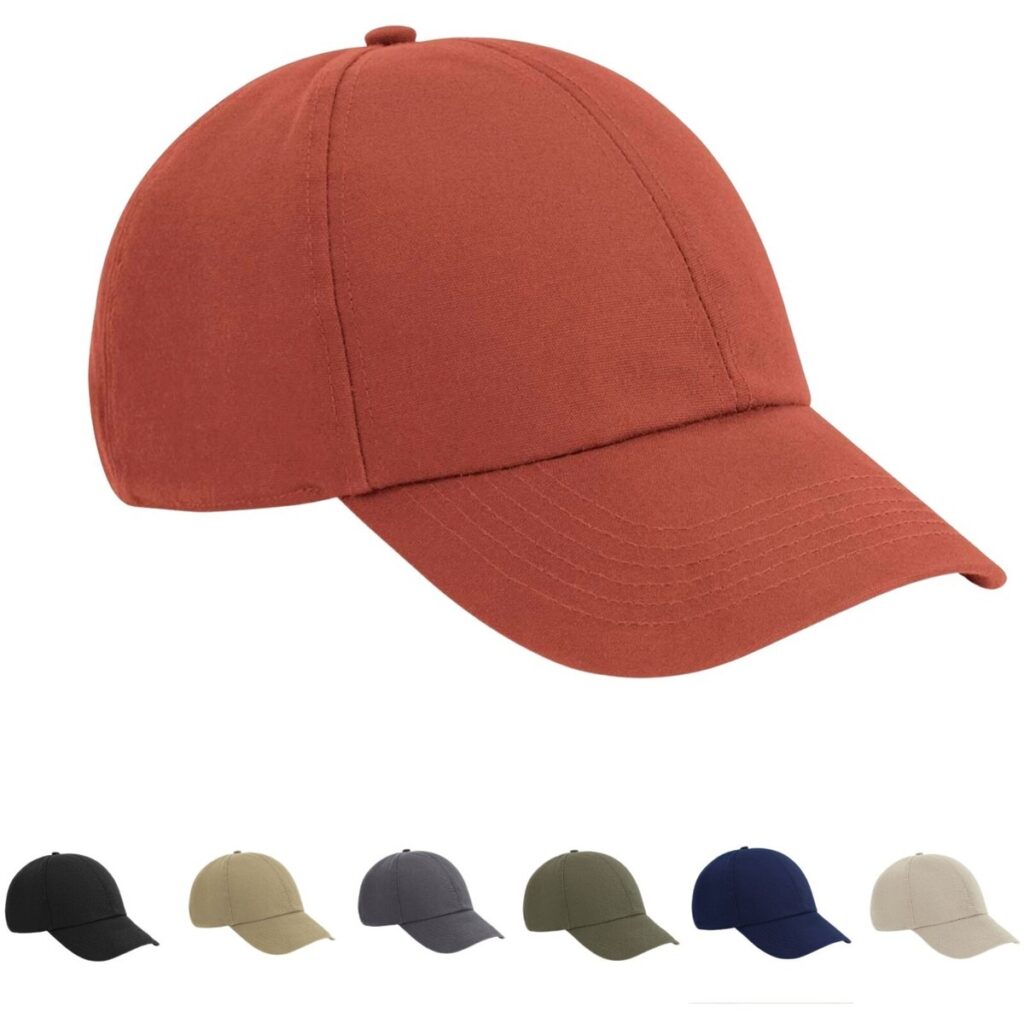
Look for lightweight fabric, ventilation features, and appropriate design to ensure maximum breathability and comfort in your cotton cap.
- Check Fabric Weight and Weave Opt for lightweight cotton with a loose weave for hot-weather comfort.
- Look for Ventilation Elements Eyelets, mesh panels, or perforations improve airflow.
- Consider Cap Style Unstructured or “dad hats” usually breathe better than stiff, fitted caps.
- Evaluate Moisture Management Some caps include sweat-wicking linings or bands to enhance dryness.
- Think About Use Case For fashion or casual wear, style may trump function; for sports, prioritize breathability and moisture control.
- Sustainability and Certifications Organic cotton caps offer eco-friendly advantages without sacrificing breathability. Tip Description Check Fabric Weight & Weave Choose lightweight cotton with a loose weave for better airflow and comfort in heat. Look for Ventilation Elements Eyelets, mesh panels, and perforations enhance breathability by allowing air circulation. Consider Cap Style Unstructured or “dad hats” generally offer more breathability than stiff, fitted designs. Evaluate Moisture Management Caps with sweat-wicking linings or bands help keep your head dry and comfortable. Think About Use Case For casual wear, style may matter more; for sports, prioritize breathability and moisture control. Sustainability & Certifications Organic cotton caps provide eco-friendly benefits without compromising breathability.
| Tip | Description |
|---|---|
| Check Fabric Weight & Weave | Choose lightweight cotton with a loose weave for better airflow and comfort in heat. |
| Look for Ventilation Elements | Eyelets, mesh panels, and perforations enhance breathability by allowing air circulation. |
| Consider Cap Style | Unstructured or “dad hats” generally offer more breathability than stiff, fitted designs. |
| Evaluate Moisture Management | Caps with sweat-wicking linings or bands help keep your head dry and comfortable. |
| Think About Use Case | For casual wear, style may matter more; for sports, prioritize breathability and moisture control. |
| Sustainability & Certifications | Organic cotton caps provide eco-friendly benefits without compromising breathability. |
6.Is Cotton Environmentally Friendly Compared to Synthetic Alternatives?

Cotton is biodegradable and renewable, making it more eco-friendly than most synthetic fibers, which are petroleum-based and contribute to microplastic pollution.
- Renewability Cotton is a natural, renewable resource grown annually, unlike petroleum-based synthetics.
- Biodegradability Cotton decomposes naturally, reducing landfill waste compared to plastics.
- Water and Pesticide Use Conventional cotton farming can be water-intensive and pesticide-heavy, but organic and sustainable farming methods mitigate this.
- Microplastic Pollution Synthetic fibers shed microplastics when washed, polluting oceans and waterways.
- Lifecycle and Recycling Cotton caps can often be recycled or repurposed more easily than synthetic alternatives.
- Industry Trends Many hat manufacturers are moving toward organic cotton and sustainable dyeing to meet consumer demand for eco-conscious products. Factor Description Renewability Cotton is a natural, renewable resource grown annually, unlike petroleum-based synthetic fibers. Biodegradability Cotton naturally decomposes, reducing landfill waste compared to plastics. Water & Pesticide Use Conventional cotton farming uses lots of water and pesticides; organic methods reduce this impact. Microplastic Pollution Synthetic fibers release microplastics during washing, polluting oceans and waterways. Lifecycle & Recycling Cotton caps are easier to recycle or repurpose than synthetic alternatives. Industry Trends Increasing use of organic cotton and sustainable dyeing by manufacturers responds to eco-conscious demand.
| Factor | Description |
|---|---|
| Renewability | Cotton is a natural, renewable resource grown annually, unlike petroleum-based synthetic fibers. |
| Biodegradability | Cotton naturally decomposes, reducing landfill waste compared to plastics. |
| Water & Pesticide Use | Conventional cotton farming uses lots of water and pesticides; organic methods reduce this impact. |
| Microplastic Pollution | Synthetic fibers release microplastics during washing, polluting oceans and waterways. |
| Lifecycle & Recycling | Cotton caps are easier to recycle or repurpose than synthetic alternatives. |
| Industry Trends | Increasing use of organic cotton and sustainable dyeing by manufacturers responds to eco-conscious demand. |
Conclusion
Cotton caps stand out for their natural breathability, comfort, and sustainability. Choosing the right cotton cap means understanding fabric types, design features, and environmental factors to match your lifestyle and needs. Whether you’re looking for a trendy streetwear piece, a practical sports cap, or an eco-friendly everyday hat, cotton offers unmatched versatility and performance.
Interested in high-quality, breathable cotton caps tailored to your brand? Kinwin’s expert team combines advanced manufacturing, eco-conscious materials, and innovative designs to deliver custom solutions that meet your exact requirements. Contact us today to discuss your next hat project and experience the perfect blend of comfort, style, and sustainability!



